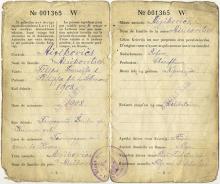Read More...
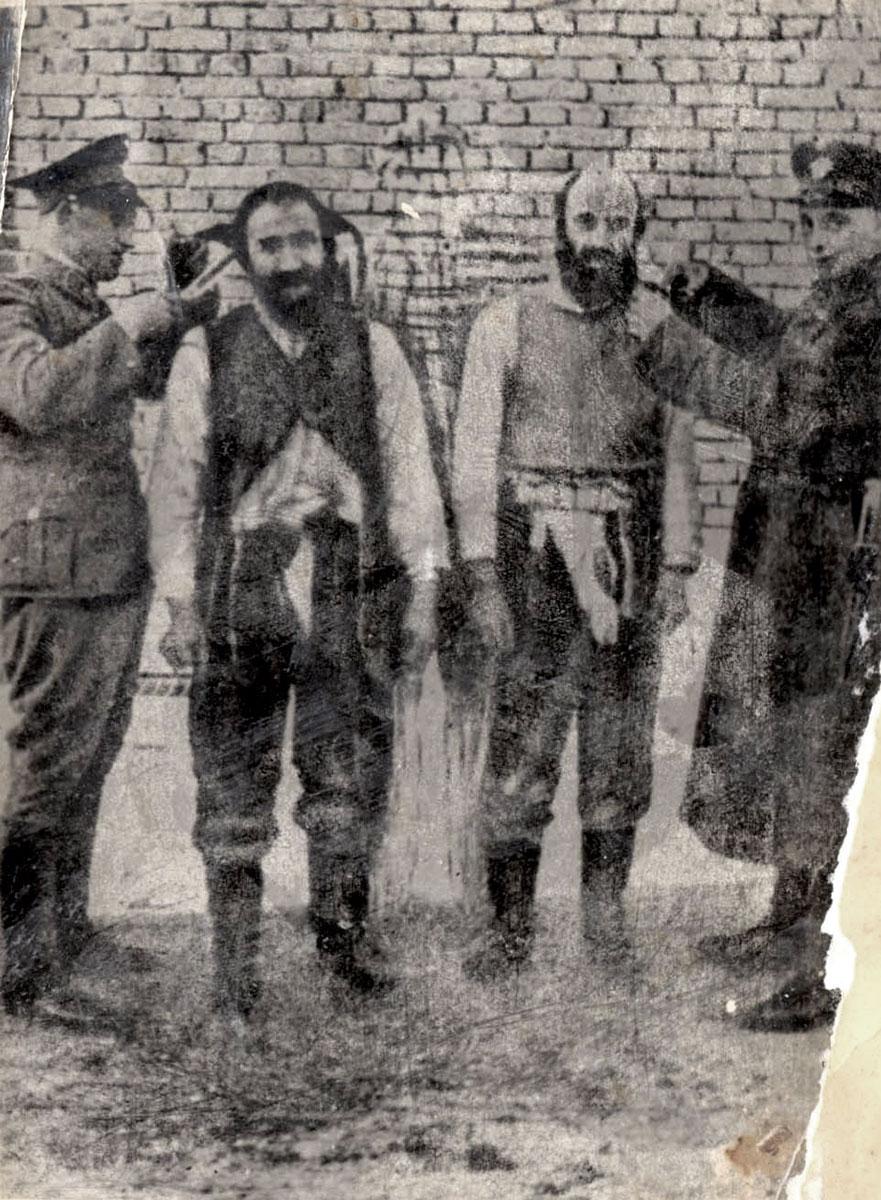
Yad Vashem Photo Archives 1861/18

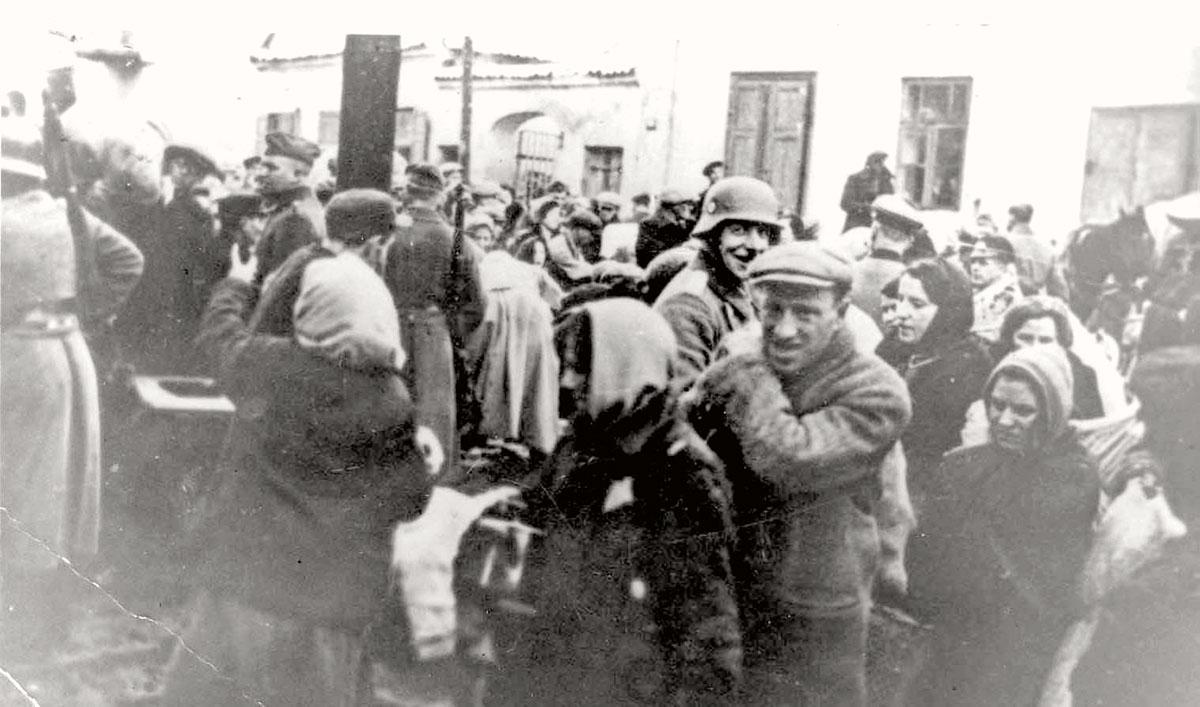
Yad Vashem Photo Archives 1394/3

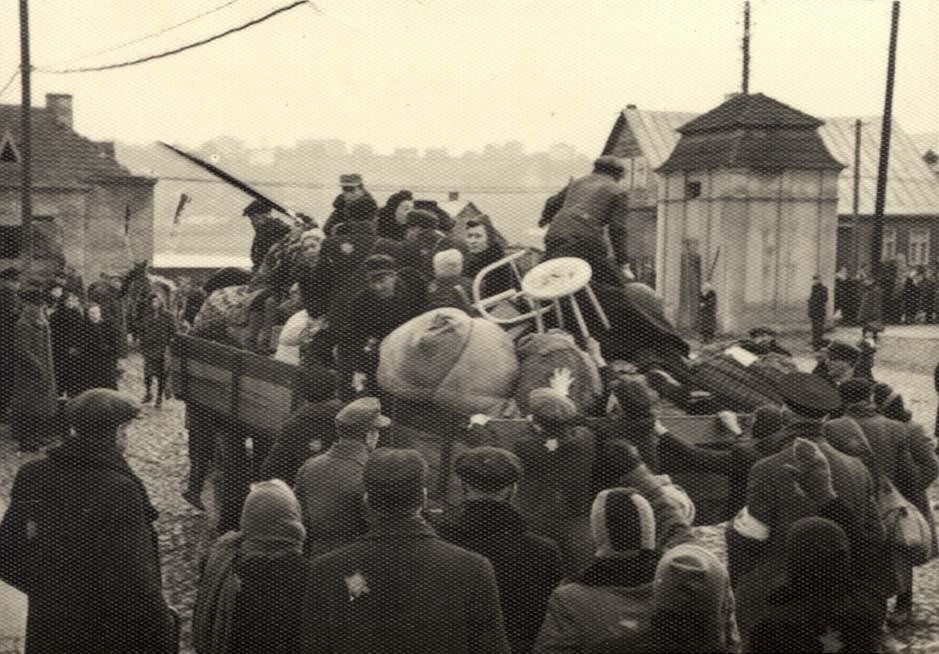
Yad Vashem Photo Archives, 4613/595

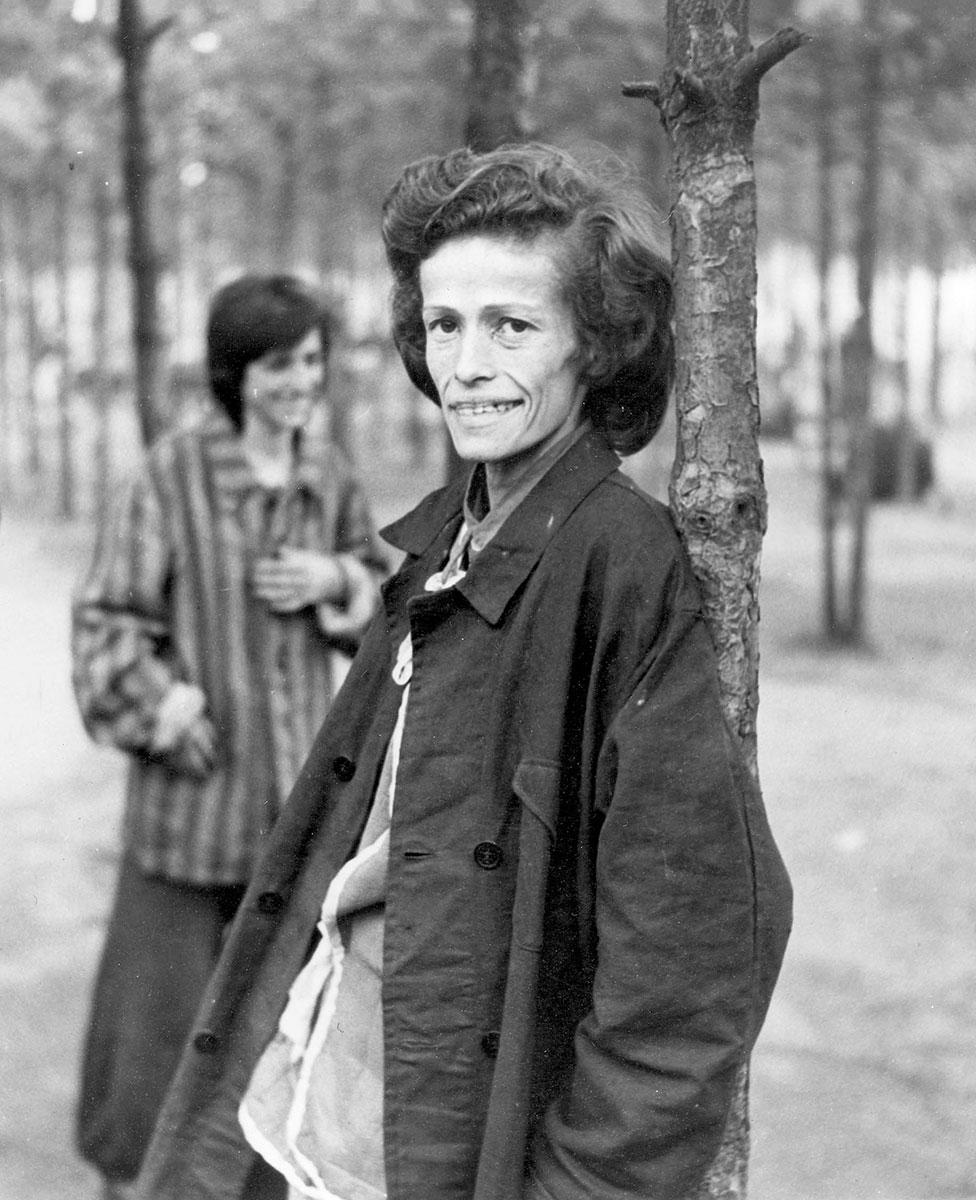
Yad Vashem Photo Archives 1201

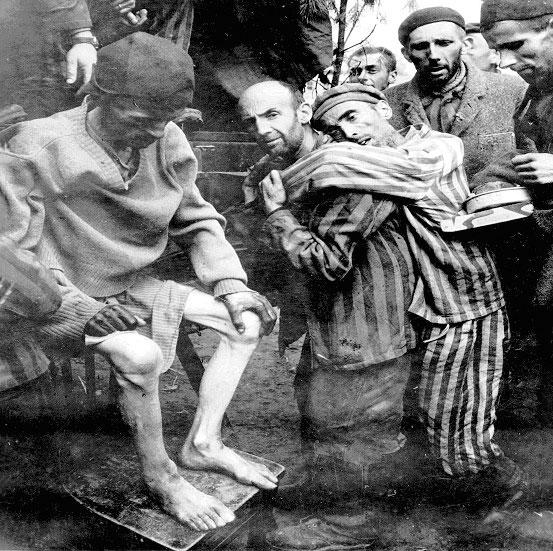
Yad Vashem Photo Archives 1201
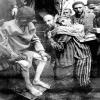
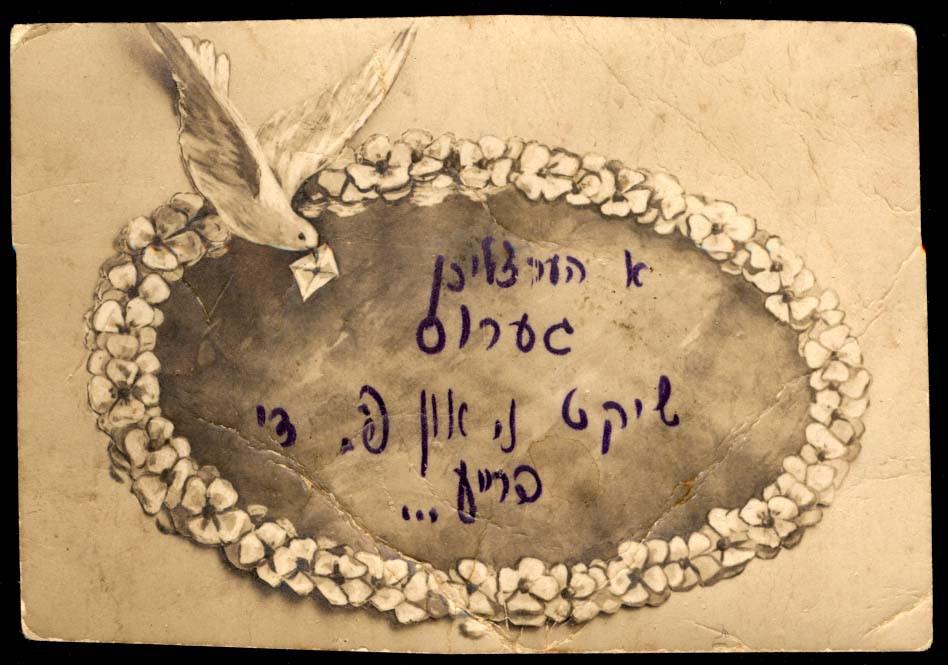
This small postcard, decorated with a dove, the symbol of freedom, was written by Sonia Czarny’s mother Paula and sister Nadia in the Kovno ghetto. The postcard was smuggled out and delivered to Sonia, who was hiding in the house of a Lithuanian woman outside the ghetto. Paula and Nadia Czarny were murdered in the final liquidation of the ghetto in July 1944.
Yad Vashem Artifacts Collection

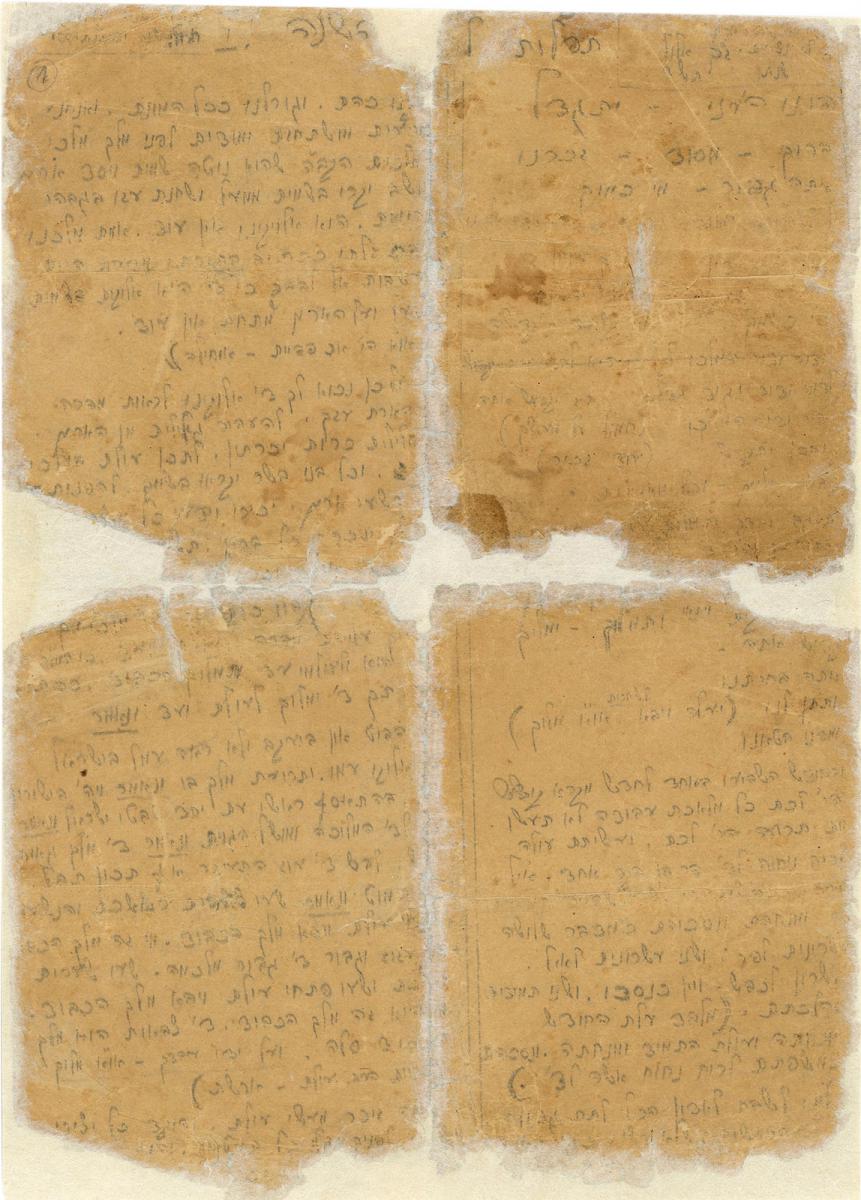
Naftali Stern, a cantor from Hungary, was deported to the Wolfsberg labor camp.Before Rosh Hashanah 5705 (September 1944) he wrote down the holiday prayers from memory, on strips of cement sacks that he had traded for his daily bread ration.
Yad Vashem Archives


The variety reflects the wide range of jobs that existed in the larger ghettoes. (The Kovno ghetto was established in 1941 in the Williampola Slobodka quarter of the city.)
Yad Vashem Artifacts Collection

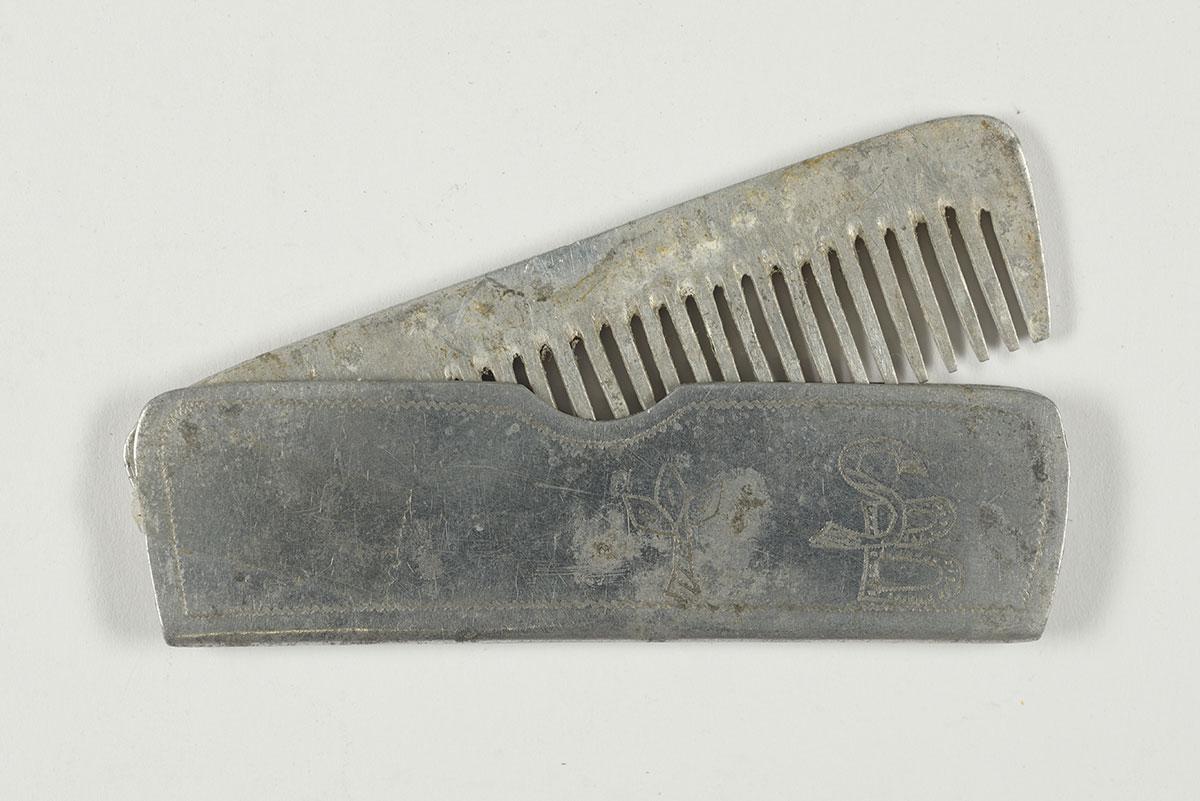
Barash, one of the last 800 Jews who remained in the ghetto, survived.
Yad Vashem Artifacts Collection
Donated by Barash Shmuel, Netanya, Israel


Gift of the artist
Collection of the Yad Vashem Art Museum


Gift of C. Landmann, Zurich
Collection of the Yad Vashem Art Museum

The Last Ghettos
The last ghettos of Belorussia were liquidated in the fall of 1943. The Minsk ghetto ceased to exist on September 23, 1943. The Bialystok ghetto was one of the last to survive in Eastern Poland. Up to August 1943 it had about 30,000 inhabitants. The head of the Judenrat there, Efraim Barasz, set up extensive industrial facilities, hoping to prolong the life of the ghetto by making it vital to the German war economy. He also hoped that the Soviet advance would lead to the collapse of the German front and pave the way for the Soviet army to reach Bialystok and rescue the Jews in the ghetto. But here, too, ideological considerations were put before economic necessity, and on August 16, 1943, the Germans began to liquidate the ghetto. As in dozens of other ghettos throughout Eastern Europe, the Jewish underground resisted, but the uprising was brutally suppressed. The Lvov ghetto was liquidated in June 1943. The Cracow ghetto was liquidated in March 1943 and in September 1943 all the other ghettos in the area were likewise liquidated. The Vilna ghetto was liquidated in September 1943 and thousands of its inmates were sent to camps in Estonia, some of them to the Klooga camp near Tallinn. The Kovno ghetto existed as a labor camp until July 1944. About two weeks before the Soviet army entered the city, the last Jews were transferred to various camps in the west. The last remaining Jews of Latvia were interned in the Kaiserwald camp, where most perished. The remnants of the Jews in the Estonian camps were transferred to the Stutthof camp near Gdansk (Danzig) in 1944. In the second half of 1944 the Germans assembled about 50,000 Jews in Sttuthof and in January 1945 sent them on a death march to the west. On August 23, 1944, the Lodz ghetto, was liquidated, with most of its 80,000 inhabitants being deported to Auschwitz.
The Last Camps
With the Soviet army nearing the Polish border, the Germans also sped up the liquidation process in the camps. Most of the inmates were murdered on the spot while some were evacuated to the west. The elimination of the Jews in the camps of the Lublin area began in November 1943, under the code name “Erntefest”, meaning harvest festival. After the wave of deportations in summer 1942 the remnant of the Jewish communities of central Poland was concentrated in such ghettos as Radom, Kielce, Czestochowa, and Piotrkow Trybunalski. By mid-1943 all had been liquidated. Able-bodied workers were confined in the labor camps around Czestochowa and Piotrkow. These camps were evacuated to camps in Germany in late 1944.




